Feeding raspberries in the fall: what fertilizers to apply after harvest
Autumnal feeding is extremely important in caring for raspberries after harvest. As you know, this berry is very responsive to fertilization, so we can say with confidence that in order for the raspberry bush to grow and bear fruit regularly for the next season, it is worth putting your hands on its saturation with nutrients this year.
About why and when to feed raspberries in the fall, as well as what fertilizers are best used after harvest, about the most suitable options and combinations, we will tell in our article.
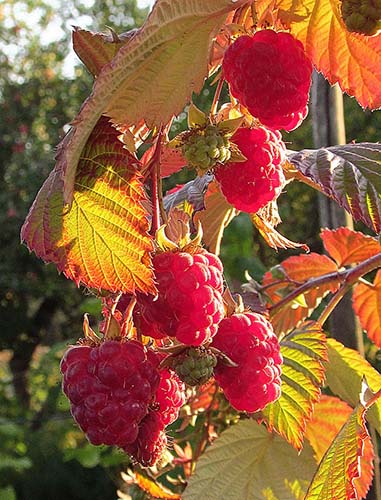
Content
Why and when to feed raspberries after fruiting or in autumn
The purpose of feeding raspberries in the autumn is their thorough preparation for winter, in other words, so that the shrub can recuperate and easily endure the winter frosts, and most importantly, plant flower buds well for the next year and, as a result, give a bountiful harvest.
If the fruiting of the berry bush was quite intense and abundant, the raspberries spent all their strength (all the nutrients were "sucked out" from the soil), which means that they must be restored so that the bushes will start active growth and fruiting again next season.
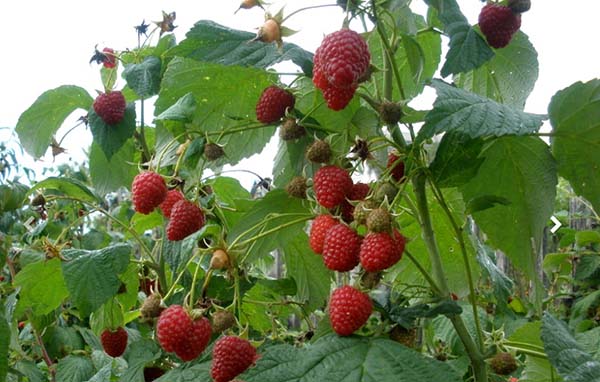
Worth knowing! The end of fruiting and the harvest of raspberries, as a rule, falls at the end of summer (sometimes even in the middle), but such top dressing is usually called autumn dressing, because fertilizers are still applied after a while, that is, closer to autumn, for example, in the Middle Lane ( Moscow region) - this is August-September.
Interesting! If you have a remontant raspberry that bears fruit 2 times, then you will certainly fertilize it in the fall, in September-October.
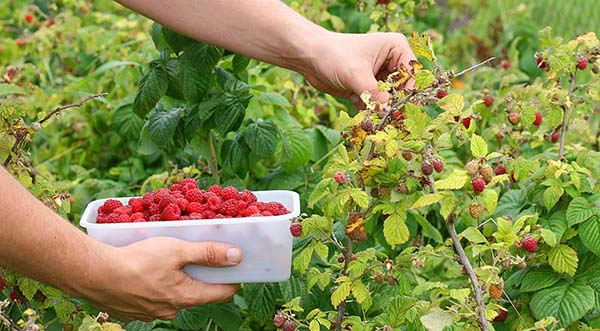
How to feed raspberries in autumn or what fertilizers to apply under the bushes after harvest
In the period after fruiting, raspberries require phosphorus and potassium, since it is these fertilizers that are responsible for the growth and strengthening of the root system of the bush, namely, its resistance in winter (frost resistance) and immunity to various kinds of diseases.
Before applying autumn top dressing under raspberry bushes, the near-stem circle should be cleaned of weeds, old mulch and loosened, but not too deeply (by 5-10 cm), since the root system of the bush is close enough to the surface.
A few more recommendations for the correct fertilization of raspberries in the fall:
- It is recommended to feed only on damp ground. In other words, before applying fertilizer, the shrub should be watered so that it does not burn the roots from the fertilizer being applied.
- Dry dressing should be thoroughly mixed with the soil so that the plant, again, does not get a root burn due to direct contact with the fertilizer.
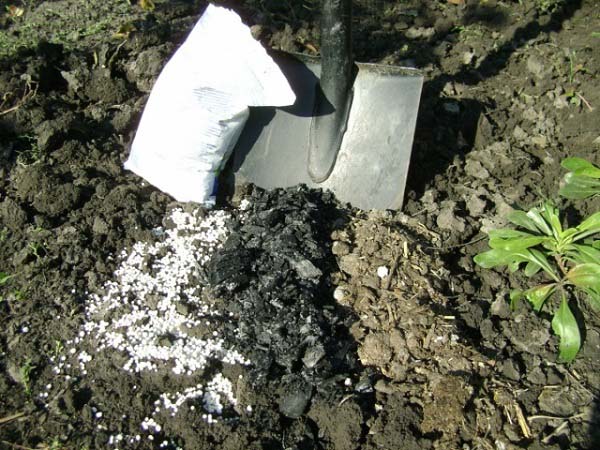
- If you want to liquid top dressing quickly got to the roots, then you need not just to embed fertilizers into the soil during digging, but at a distance of 30-35 cm along the perimeter of the crown to make pits or grooves (grooves) with a depth of 20-25 cm, then pour top dressing there and dig in.
Advice! Any granular mineral fertilizer (special superphosphate) better pre-dissolve in a separate container in hot water (superphosphate is in boiling water), since granules, as a rule, dissolve in cold water rather poorly and slowly.
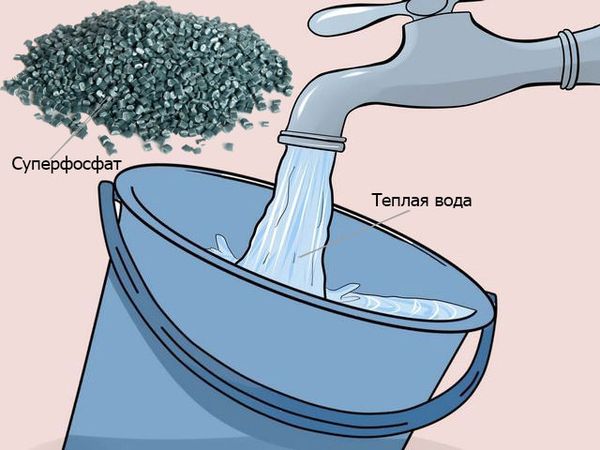
Further, various fertilization options and their combinations (mineral and organic) will be presented, how you can feed raspberries in the fall after fruiting.
In the end, you need to choose 1 phosphate fertilizer, 1 potassium fertilizer, andoptional you can additionally add manure or compost (for digging, or mulch).
As a phosphorus fertilizer for raspberries in the fall, you can use:
Important! For 1 sq. meter, as a rule, one, maximum two raspberry bushes are placed.
- Superphosphate. Consumption - 30-40 grams per 1 sq. meter (if double, then 15-20 grams). Moreover, it can be used both dry and liquid, dissolved in water (10 liters).
By the way! About, how to properly use superphosphate for feeding detailed in this material.
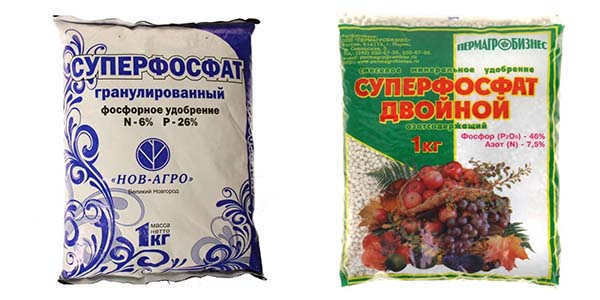
- Ammophos. 15-20 grams per 1 sq. meter or dissolve in a bucket of water and pour.
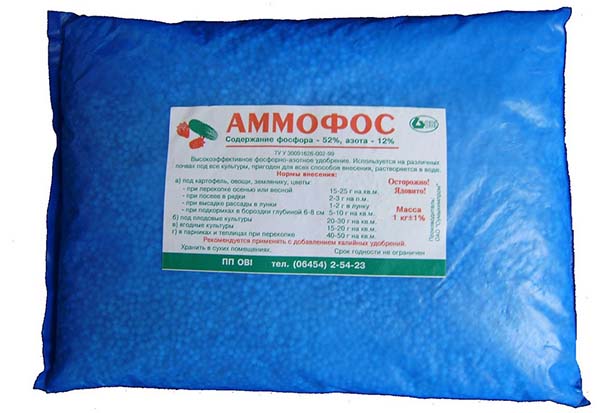
Note! Do not apply chlorine phosphorus fertilizers under raspberries (eg, diammophos, since it contains a lot of nitrogen, andpotassium metaphosphate). Such feeding can provoke plant disease. chlorosis.
As a potassium fertilizer for raspberries in the fall, you can use:
- Kalimagnesia or kalimag (potassium and magnesium sulfate)... 15-30 grams per square meter, or dissolve in a bucket of water.
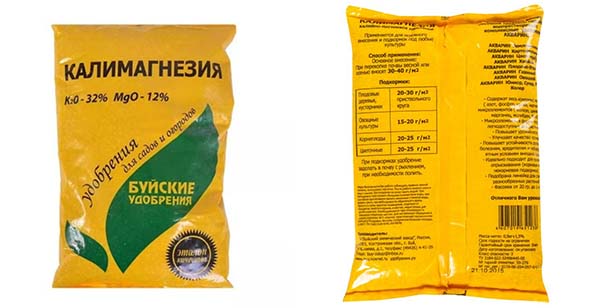
- Potassium sulphate or potassium sulfate... 20-30 grams per 1 sq. meter, or dissolve in 10 liters of water.
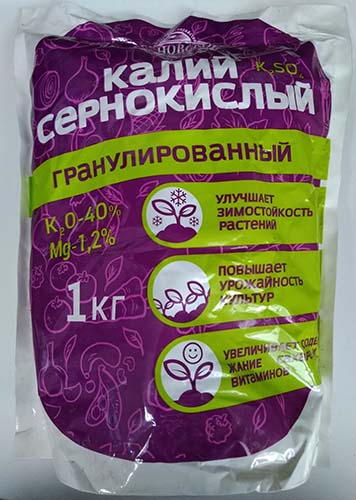
Important! In no case you can not apply potassium chloride fertilizers under raspberries (eg, potassium chloride or potassium salt). Such feeding can provoke plant disease. chlorosis.
- Wood ash. 100-200 grams per 1 sq. meter. Again, you can either sprinkle the soil or prepare a liquid fertilizer, for example, a hood.
Advice! Read more about what is useful and how to use wood ash. in this material.
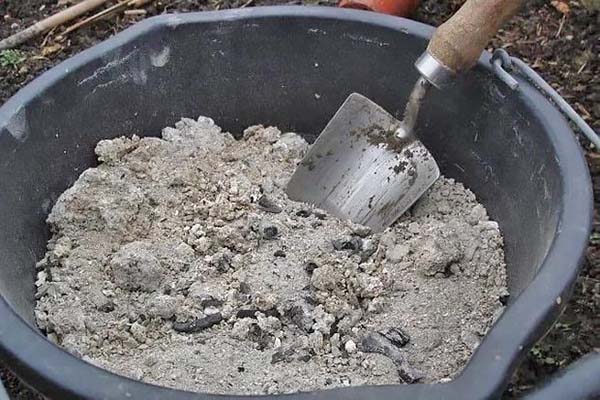
Note! If you cook yourself wood ash, then it is worth knowing that in the ash that was obtained from deciduous treescontained more potassium, and from conifers - phosphorus... When buying a ready-made package of ash in a store, you need to familiarize yourself with its composition, which should be presented on the label.
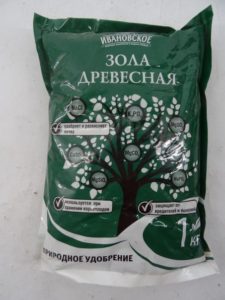
Additionally, after fruiting (it is recommended 1 time in 3-4 years), a classic organic fertilizer of animal origin is applied under the raspberries, namelychicken droppings (in granules), which can be scattered dry (1 kg per 1 square meter), and water the aisle with a solution prepared in a ratio of 1 to 15 or even 20.
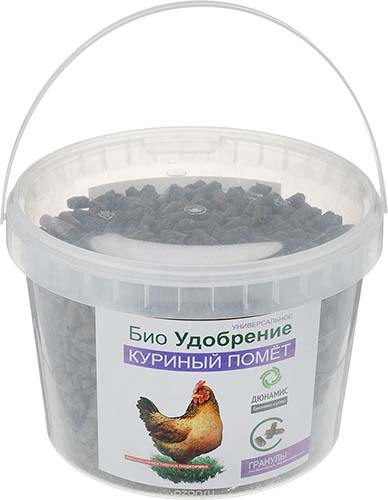
It is worth considering! An organic fertilizer such as chicken manure contains nitrogen, which means that the shrub must have time to process it, therefore, such feeding should be done after fruiting (at the end of summer), but not in the fall or even later in the fall (for remontant raspberries).
Also, in the fall, you can make a digging rotted cow and horse manure (or compost), somewhere 5-10 kg per 1 square meter.
It will be just great if you plant raspberries in the aisles in the summer siderates (mustard, vetch, clover), and after harvesting (in summer) or closer to autumn, mow them, embed them in the soil and dig them up, thereby obtaining an excellent delayed top dressing, which will play its role next spring.
By the way! There is a special phosphorus-potassium complex mineral fertilizer, which is marketed as "autumn".
Video: fertilizer for raspberry beds in the fall
Additional autumn activities for caring for raspberries and preparing them for winter
In addition to applying nutrient fertilizers under the raspberry bush, you will also need to carry out the following important autumn activities to prepare the bush for winter and the next season:
- autumn pruning;
Important! More details about pruning regular and remontant raspberries in the fall read in this article.
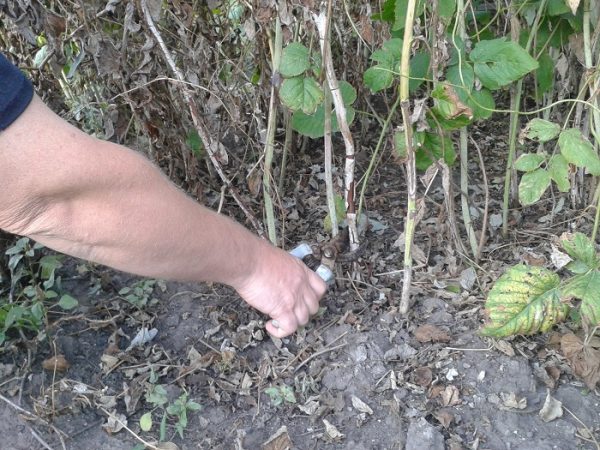
- transplanting a shrub to a new location;
Note! Detailed information about transplanting raspberries to a new place in the fall set out in this material.
- autumn treatment for pests and diseases;
- water-charging irrigation (50-60 liters of water per 1 square meter of raspberry plantations);
- garter;
Advice! About, how to tie up raspberries in autumn and spring, read here.
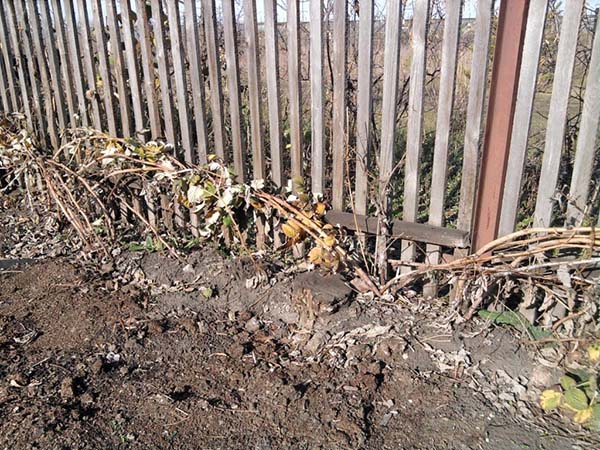
- mulching and shelter for the winter.
By the way! A general article on autumn care and preparing raspberries for winter is posted by this link.
To stock up on large amounts of nutrients responsible for the growth and vital activity of the root system of the raspberry bush, and in the future, for the hefty size of the harvest, will help correct and timely fertilization in the fall, after fruiting. The most important thing during this period is not to miss the options for feeding, their combinations and doses.
Advice! In order for raspberries to delight you with a generous harvest of large and fragrant berries, it must be fertilized both in autumn and spring (this is generally the most important feeding).
About spring feeding raspberries read here.


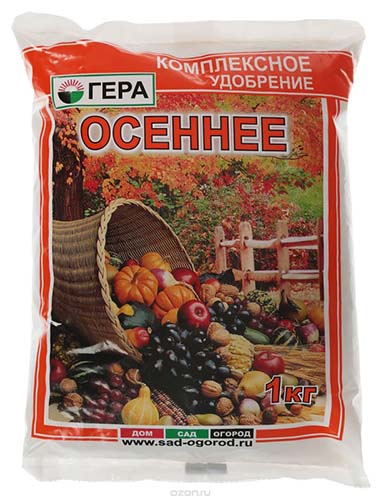
I read that you can fertilize raspberries with ash simply by sprinkling them on the ground. But I heard that when it comes into contact with water, it loses its properties, is it so?
Not certainly in that way. When in contact with water, ash really loses some of its useful properties, but this applies specifically to the process of its storage (therefore, it must be stored in a dry, closed room or under a canopy). If you scattered ash in the near-stem circle of the plant, then it will just begin to act after watering or rain (i.e. nutrients will go to the roots of the plant).